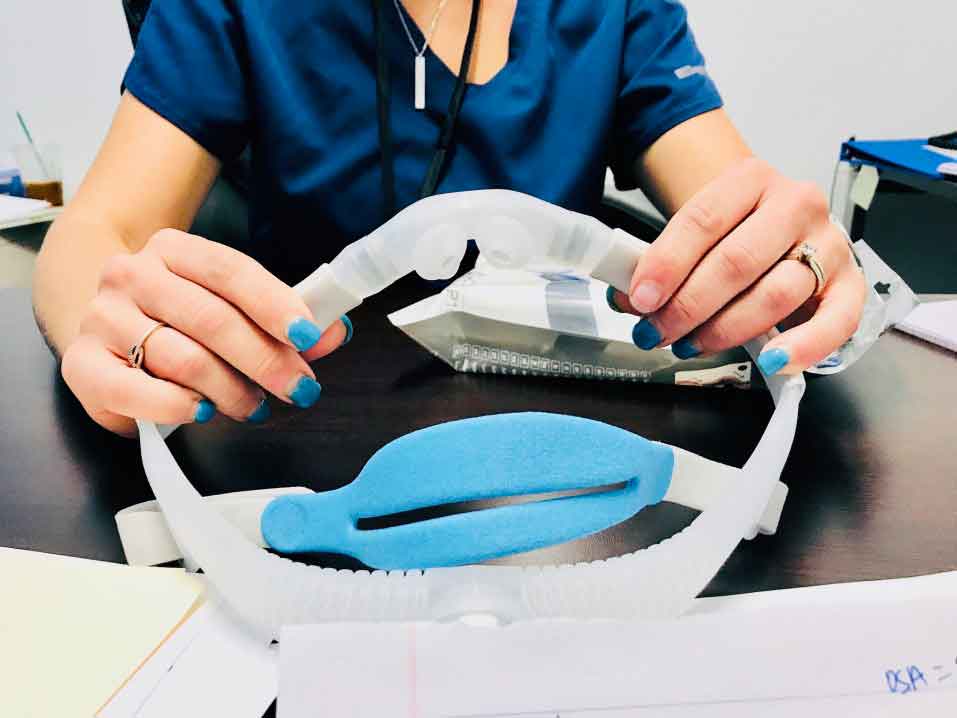Today’s durable medical equipment (DME) sales are trickier to navigate than ever before: increasing amounts of regulations complicate business, and insurance and Medicare pay less and take longer. But the DME industry is still essential to improving patients’ well-being, so there’s plenty of opportunity for suppliers who are able to adapt. Here are a few tips for successfully selling medical equipment in today’s complex market.
Harness Online Tools To Stay Relevant
The internet is a powerful tool, so DME suppliers everywhere should make strategic use of it. That doesn’t necessarily mean you should sell online.
Start by using online sources to track DME industry trends and data. Set up Google Alerts to be notified anytime a certain product name or industry term pops up in the news. Also, see if your preferred medical journals and equipment manufacturers have online newsletters. Online subscriptions will give you instant updates and keep you aware of changes happening between print publications.
LinkedIn is another easy way to not only stay informed but get connected with industry experts and even referrers. Follow thought leaders and even competitors to keep an eye on what’s next. Better yet, when you see information referring doctors might find useful, share it with them to build authority as a DME supplier.
Build An Email List
Another way to use the internet to sell medical equipment is through an email list. Email marketing is a great way to build relationships with clients and keep them informed of what equipment you have, especially as new technology or improved models become available. When clients know what is available, and also have a convenient way to view, learn about, and purchase products, they are more likely to complete a sale.
In addition to keeping clients informed of products, the email platform can be used to showcase other features of your business. For example, if you offer in-home delivery or medical equipment financing, send an email highlighting that service to show clients you offer the equipment they want along with multiple payments and delivery options.
Just be sure to follow HIPAA and email marketing regulations and best practices. That includes not flooding your customers’ inboxes — send messages only when you have worthwhile news or information to share, up to once a week, at most. The goal is to give your company a face and maintain engagement, not have recipients looking for the “unsubscribe” button.
Think Like Millennials
Although you may not serve many Millennials, you probably compete with them, since they’re the ones most prominently shaping today’s shopper mindset. To keep up, act with urgency, and adapt to change quickly. Consumers are no longer willing to wait or compromise.
Continually look for new ways to provide value and convenience and to customize your service as much as possible. Today’s consumer culture wants an experience that caters to the customer’s lifestyle. Ways to provide added value and differentiate yourself could include anything from online ordering to extended business hours to flexible payment options.
One option that’s easy to offer is medical equipment financing. Consumer financing can not only help customers afford the products they need and want but also ensure that DME suppliers receive payment quickly and efficiently. Consider what other types of options you can offer customers, and you’ll find that many are a win-win.
Merchandise Like Mad
If you have a physical store, take the time to make your showroom strategically experiential. In the age of the Apple Store, shopper expectations are high. Granted, your DME store shouldn’t feel like an Apple Store — but it should be just as well-tailored to your audience as the Apple Store is tailored to its own.
First, the basics. Make sure the room has clearly dedicated sections for specific types of DME or DEMPOS (durable medical equipment, prosthetics, orthotics, and supplies). Products could also be grouped by condition or type of treatment, like mobility.
Make it as easy and appealing as possible for shoppers to examine and learn about DME and DEMPOS products, and to receive added guidance when needed. For example, leave ample room to move through aisles with wheelchairs. Consider other accessibility improvements for people with mobility challenges, like wall railing and comfortable seating to use while shopping. Make sure your store is well lit with signage that has clear, large print for people who may have vision impairments. Thoughtful details will put shoppers at ease, win their favor and help improve medical equipment sales.
Automate Operations
Using the latest technology and software can help streamline workflow and minimize the amount of manual work performed with each sale. In doing so, it can also help save money.
Think about what types of repetitive tasks tend to keep you or your employees from focusing on growth. Taking stock of inventory? Invoicing? Keeping in touch with customers? When was the last time you re-evaluated your process? Today, there are countless tools that can help automate or improve the efficiency of everyday business tasks. The time and money you could save may make it worth investing in new inventory management, billing or customer relationship management (CRM) software.
Make UCFS Your Partner In Medical Equipment Finance
Keeping up in the world of DME sales isn’t easy. But there’s at least one way to strengthen your business that doesn’t have to be hard: offer medical equipment financing.
The key is to determine which consumer financing company would be the best partner for your business. The company you choose should be easy to communicate with and pleasant for both you and your customers to work with. For example, UCFS makes medical equipment finance simple with streamlined applications, fast approval, and competitive rates.

